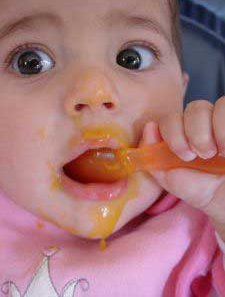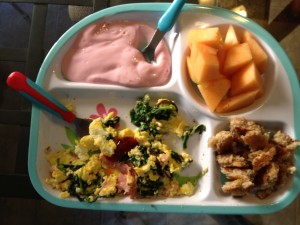Best Ways to Help Your Kids be Less Fidgety
When kids get fidgety, many parents end up resorting to medication on the advice of a medical professional. While sometimes this is helpful, at other times, restless behavior is often interpreted as inattention arising from ADHD. Consequently, a child is given a stimulant drug; and, since these drugs do work, helping a child to focus, it’s easy to conclude that this is the right solution.
 However, there are two possible downsides to putting a child on Adderall, Ritalin, or Strattera The first is that there are possible side effects, including severe headaches, insomnia, and depression. The second is that ADHD symptoms could also be attributed to other causes. For instance, common symptoms of ADHD include getting easily distracted and confused, frequently losing things, struggling to follow simple instructions, and experiencing a quick onset of boredom with most tasks. However, it’s important to bear in mind that many symptoms of ADHD aren’t exclusive to ADHD. Similar symptoms could also be attributed to a number of other causes—like uncomfortable clothing, sleep deprivation, dietary deficiency, and emotional upset.
However, there are two possible downsides to putting a child on Adderall, Ritalin, or Strattera The first is that there are possible side effects, including severe headaches, insomnia, and depression. The second is that ADHD symptoms could also be attributed to other causes. For instance, common symptoms of ADHD include getting easily distracted and confused, frequently losing things, struggling to follow simple instructions, and experiencing a quick onset of boredom with most tasks. However, it’s important to bear in mind that many symptoms of ADHD aren’t exclusive to ADHD. Similar symptoms could also be attributed to a number of other causes—like uncomfortable clothing, sleep deprivation, dietary deficiency, and emotional upset.
1. Uncomfortable clothing.
Your child could be sensitive to bunches in socks and pinching underwear. If you suspect that this might be playing a role in your child’s restless behavior, you could try seamless socks or undies. However, even if you discover that your child is not hypersensitive to the texture of clothing near the skin, he or she will probably be delighted at how seamless clothing technology can make clothes so comfortable.
2. Sleep deprivation.
Although your child may no longer be a baby, he or she will still benefit from regular bedtimes. Since consistency is important for kids, bedtime is no exception. If despite going to bed on time every night, your child shows signs of sleep deprivation, then you have to get to the root of why they aren’t getting a good’s night rest. Is it the temperature in the room? Is it a lumpy mattress? Is it the noisy TV in the living room next door? Is your child worried or scared about something? It may take a while to get to the reason, and it’s a question of eliminating various factors; there also may be a few reasons why your child isn’t sleeping well at nights.
3. Dietary deficiency.
We often only notice nutritional deficiency when it becomes severe; however, nutritional deficiencies can be subtle. For instance, your child may be eating some magnesium-rich foods, but still not getting enough magnesium.
The following supplements have been found helpful in improving brain function and nervous system health:
- Essential Fatty Acids. Try giving your child EPA, DHA, GLA, linoleic acid, and arachidonic acid.
- Flaxseed Oil.
- Vitamin C.
- B complex.
- Magnesium.
- Probiotics.
Speak to your doctor or a nutritionist to get a good estimate of how much your child should take of each supplement. In addition to investigating any dietary deficiencies, you should also test your child for any food allergies. For instance, they may have unidentified gluten intolerance, but love snacks and meals that have a lot of gluten.
4. Emotional Upset.
Your child may be chronically emotionally upset about something that they have not shared with you. It’s helpful to speak to a school psychologist to get a better idea of how your child is doing emotionally at school in relationship to teachers or other children. They may be stressed out over a few conflicting relationships, an excessively critical teacher a bully, but have not told you about it. They may be getting teased, or have no friends, or feel low self-esteem because they aren’t keeping up with the rest of the class. Sometimes a child may be more open to sharing their feelings with a school psychologist than you, because they are afraid of upsetting you.
If your child is fidgety, there are many possible causes that could be more easily remedied rather than resorting to medication. Besides taking these four steps, you could also work on making your home environment more relaxing. While, of course, you don’t want to overdo it, there are many subtle things you can do, like having more indoor flowers, using subtle essential oil scents, reducing the breakout of exuberant sibling quarrels, and turning down the TV when it gets too loud.
Share the fun: Email + Del.icio.us + Digg + Technorati







